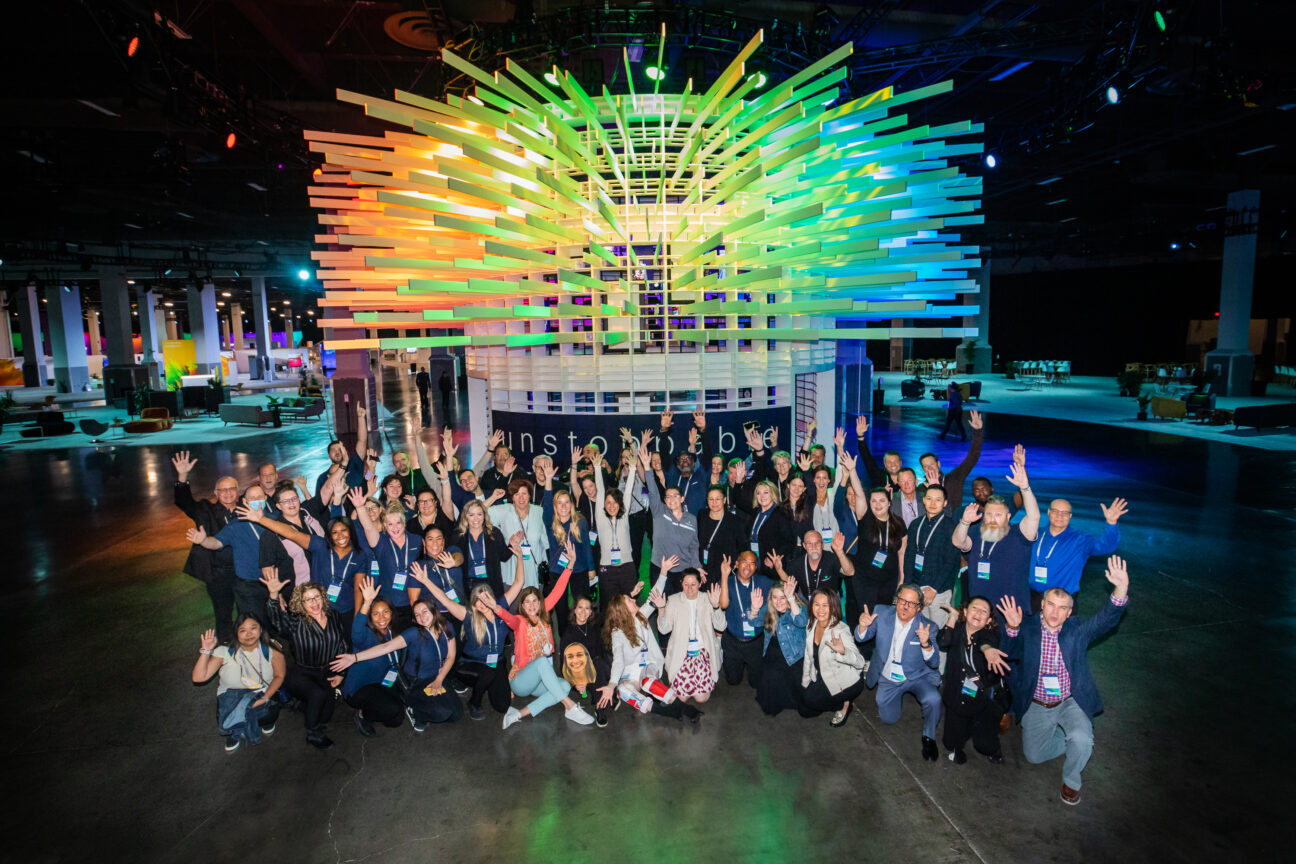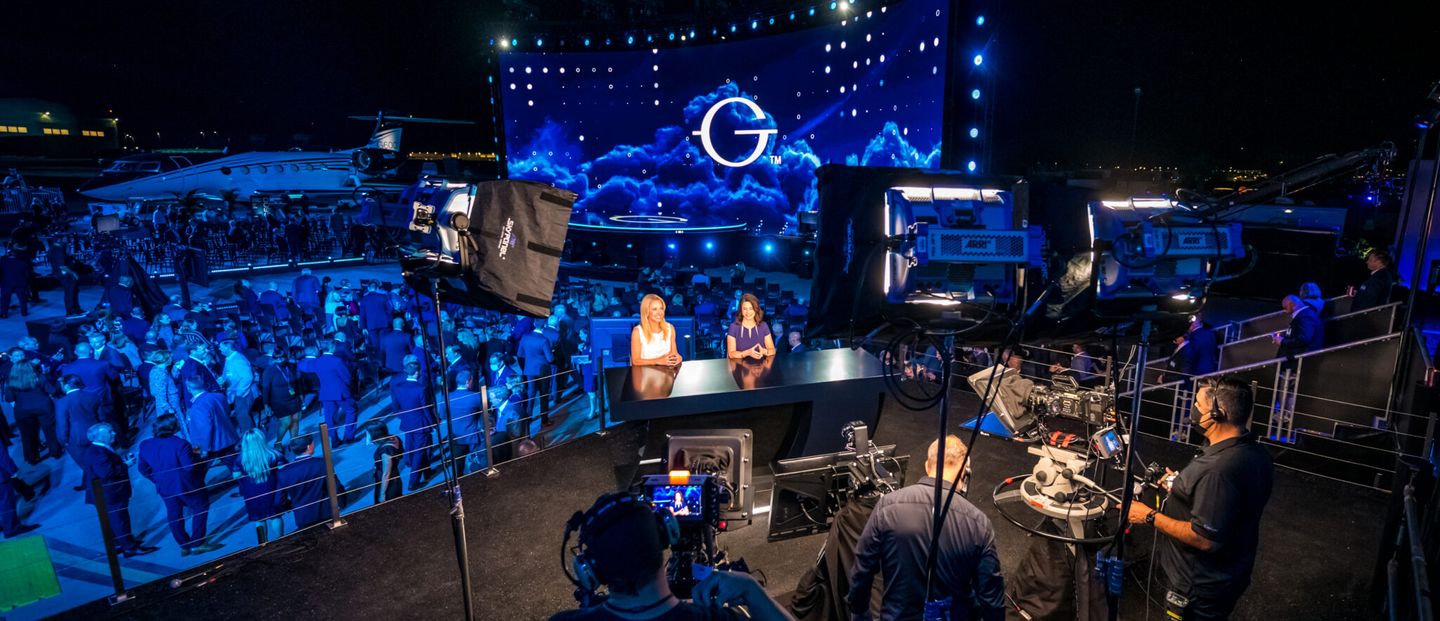…And How to Address Them
By Brendan Brown, VP, Head of Strategy and Ken Madden, SVP, Digital Engagement
When the pandemic shut down IRL events overnight, brands shifted to whichever platform could get them live again as fast as possible. Now, over two years on, the efficacy of stop-gap measures is reaching its limit. Audiences are fatigued with video conferencing, and competition for attention in virtual spaces is fierce. In fact, research has found that virtual fatigue can begin just 30 minutes into a meeting or webinar.
In today’s reality, ready-made platforms with minimal customization options are unlikely to inspire audiences, let alone drive repeat attendance. Rather than falling back on easy solutions, marketers need to start taking risks, and reignite their creative spark. As we adapt our strategies to meet the moment, there are three fundamentals we think marketers aren’t talking about enough.

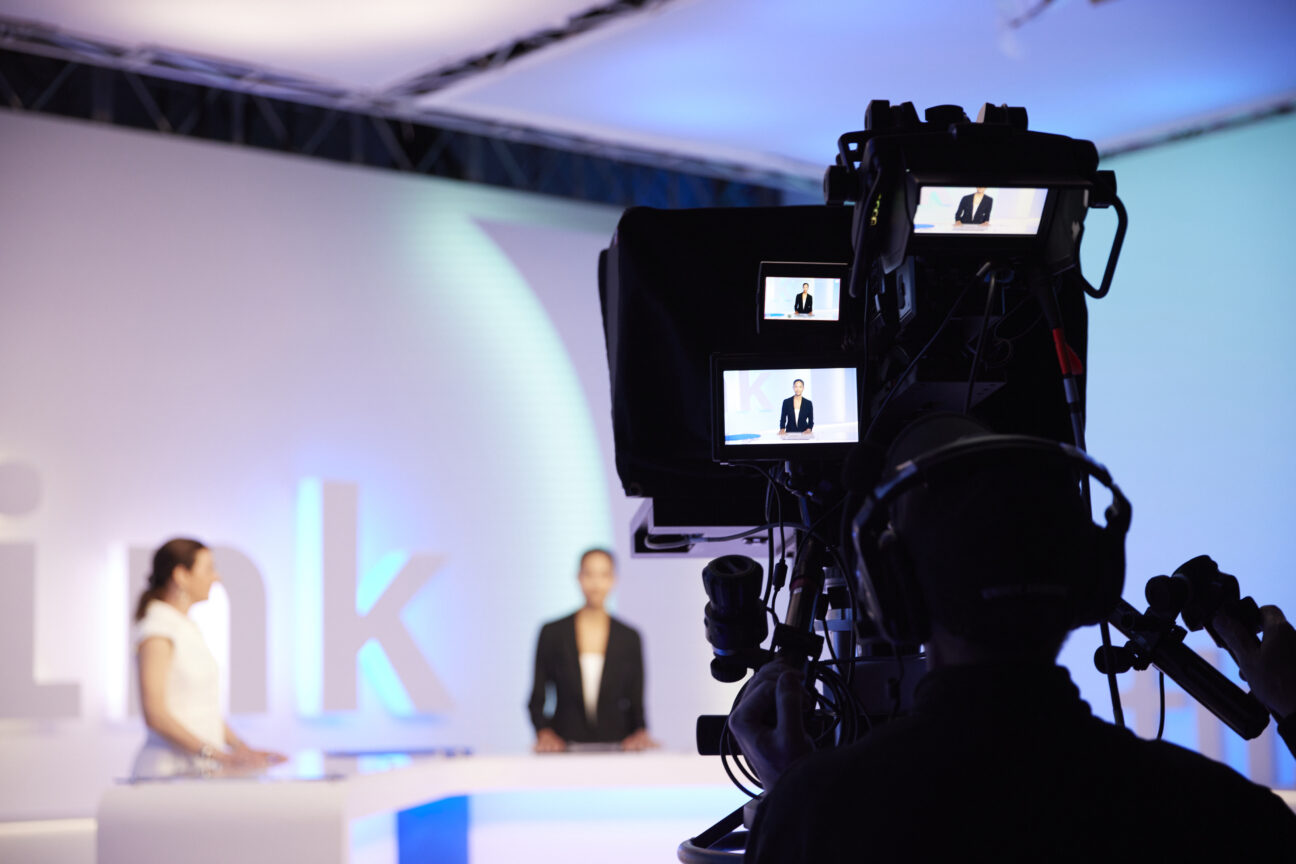
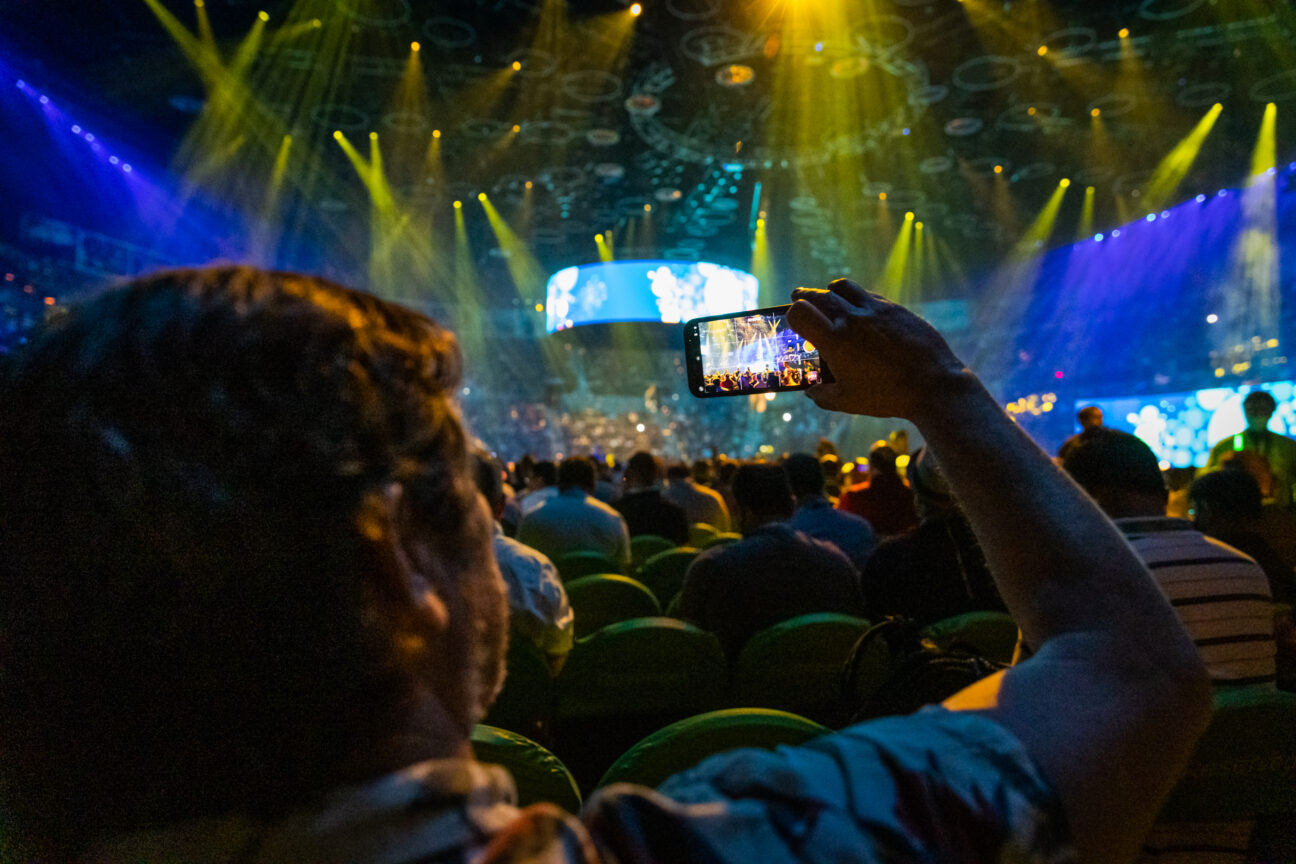
- Understanding Experience Design Basics
In the rush to find a quick fix for events in response to COVID, it seems that many marketers got disconnected from the foundations of good experience design. We all know that every event has a different desired outcome, and should be designed specifically to meet its objective. But as brands shifted to out-of-the-box solutions, this fundamental was forgotten—and attendees could see right through it.
People can tell how much effort has gone into designing an event; if it’s bland or cookie-cutter, they switch off. Virtual fatigue isn’t always a given, but it is when little care has gone into creating an experience worth staying for.
For attendees to stay engaged, we have to consider every detail from their point of view. If we want them to connect with our message, we need to create a vehicle that’s made to carry that message by design—whether IRL, online, or hybrid. A good place to start is to ask yourself: what do I want my audience to think, feel, know and do—before, during, and after this experience?
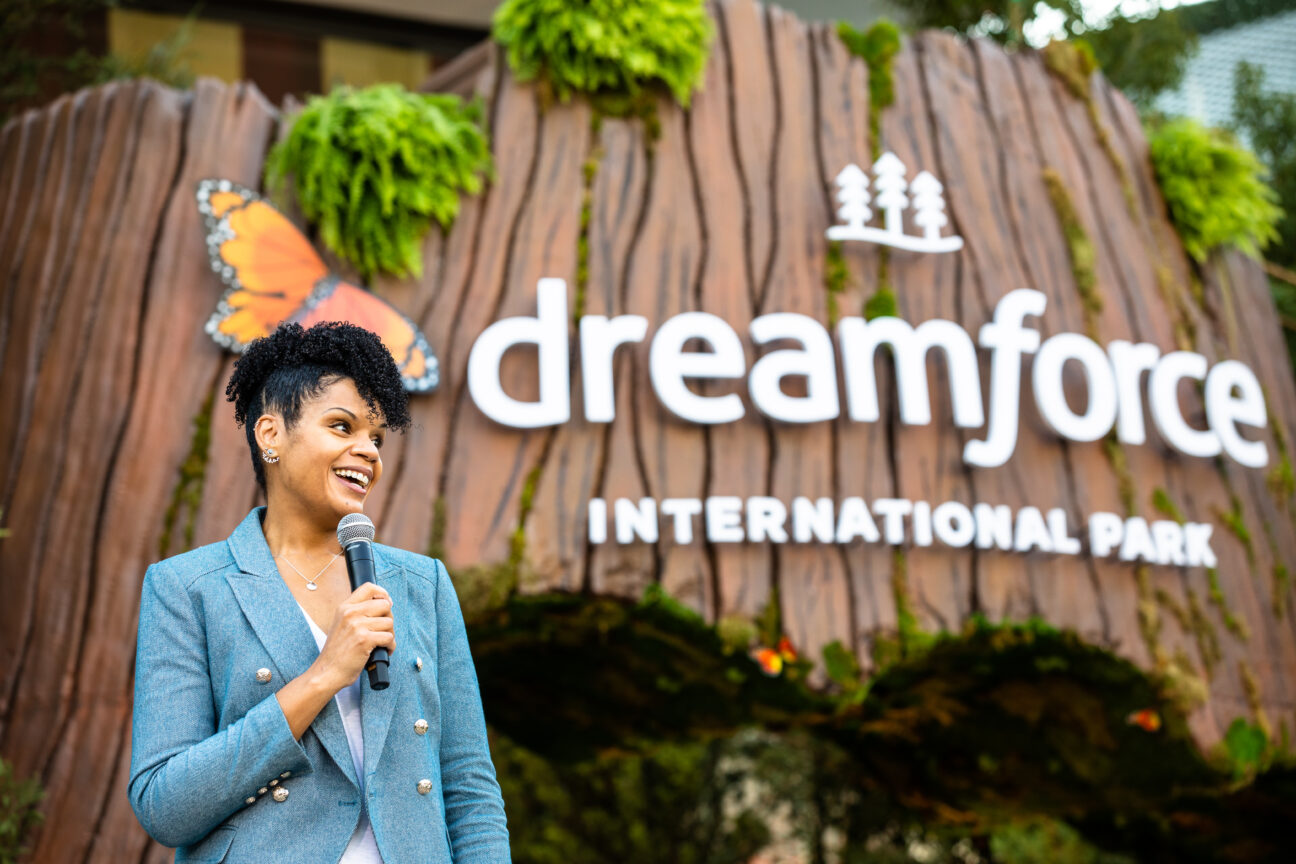
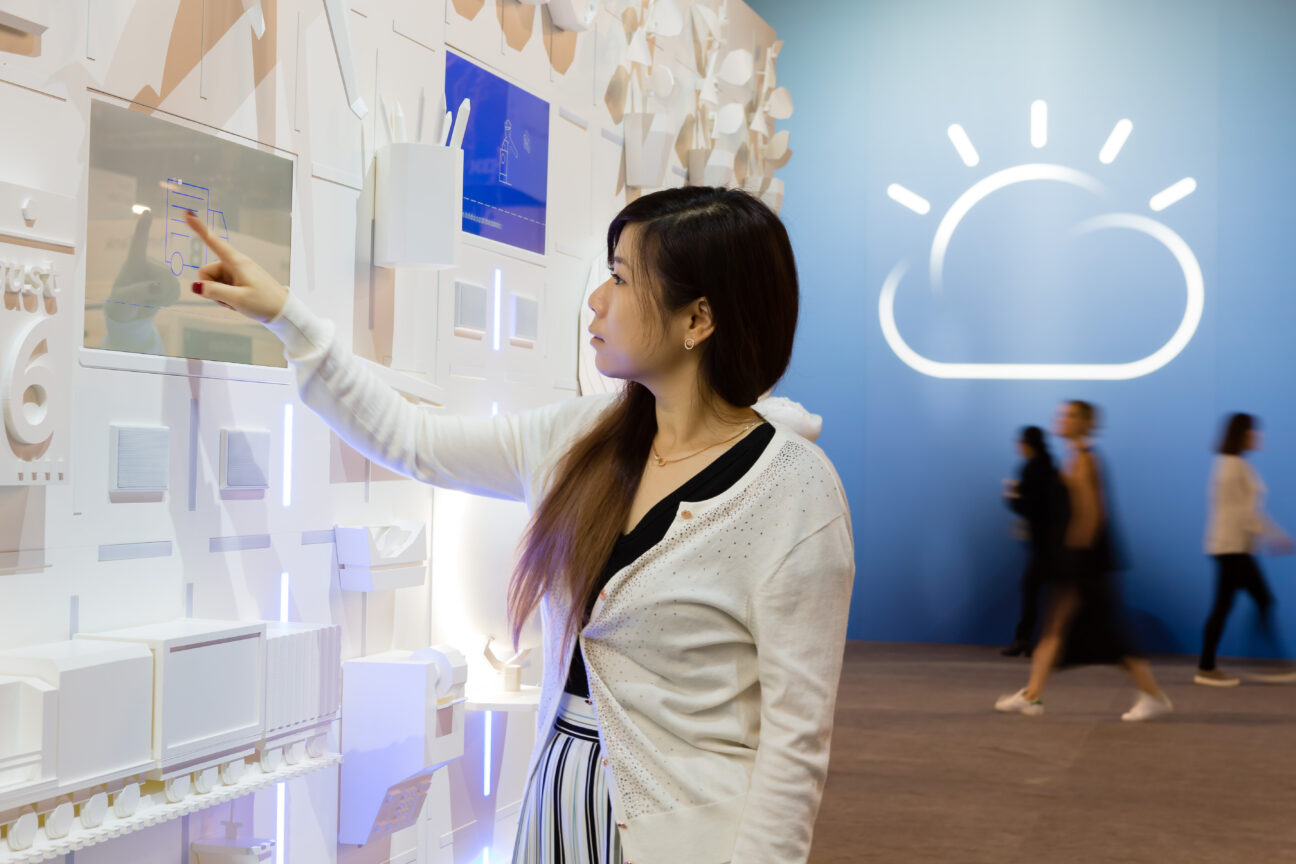
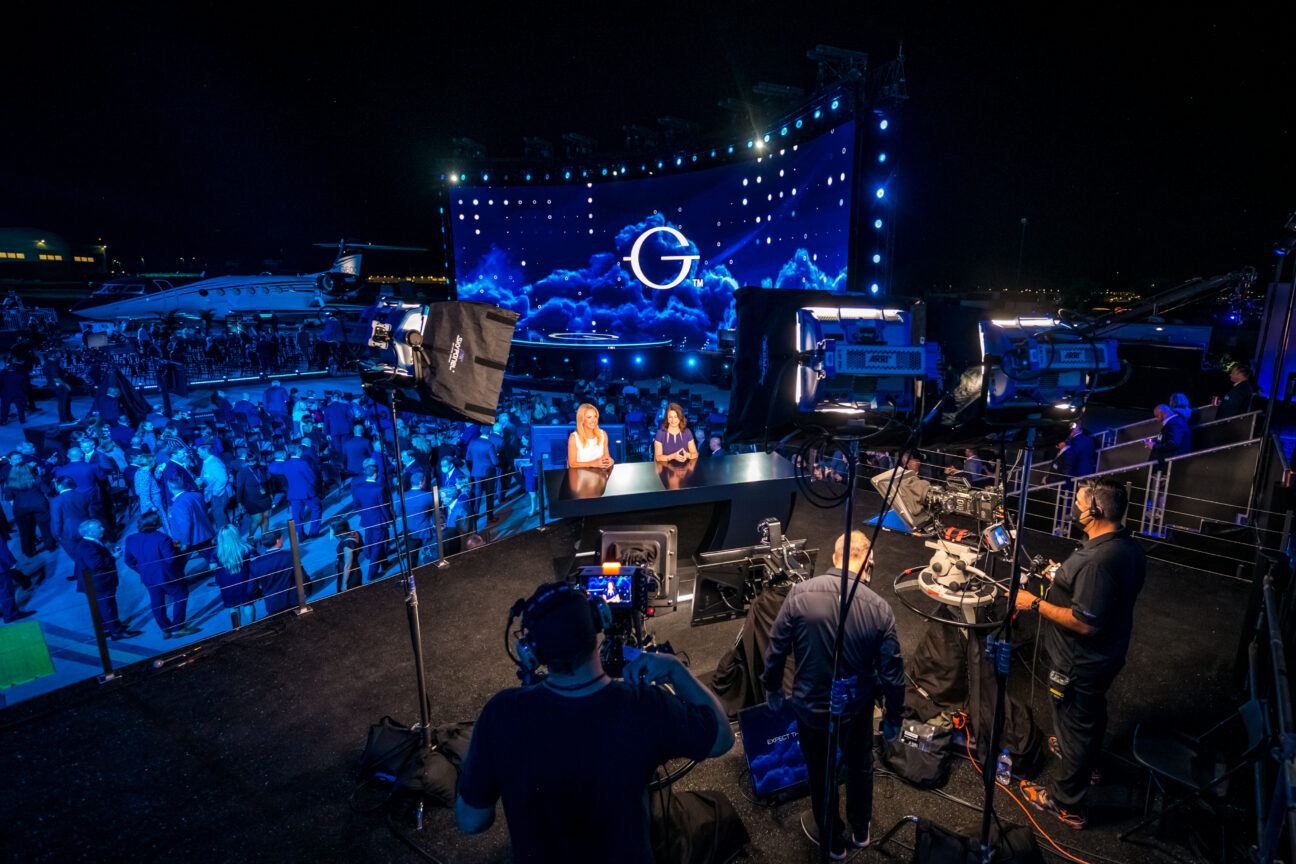
- Revamping Your Global Events Playbook
As companies scale up their experiential offerings globally, it’s increasingly difficult to ensure consistency and quality across regions—especially for hybrid events. Developing a global events playbook is critical to ensuring a unified experience for hybrid attendees engaging across different regions.
This is especially true as we’re seeing increased desire for hybrid events that have local relevance and authenticity built-in. The most effective global approaches will ensure experiential consistency across regions, while peppering in those local details that avoid total homogeneity. It’s a constant push-pull between efficiency and effectiveness.
While companies will continue to adapt their global approach to this shifting context, there are several elements that should always be a part of your playbook:
- Branding and design guidelines for both physical and digital elements.
- A phased attendee journey, including key messaging attendees should engage with across various points of media.
- Guidance on content categories, and how each category is handled in terms of registration levels and access, timing, cadence and longevity.
- Clear roles and responsibilities—across the organization, agencies and other partners.
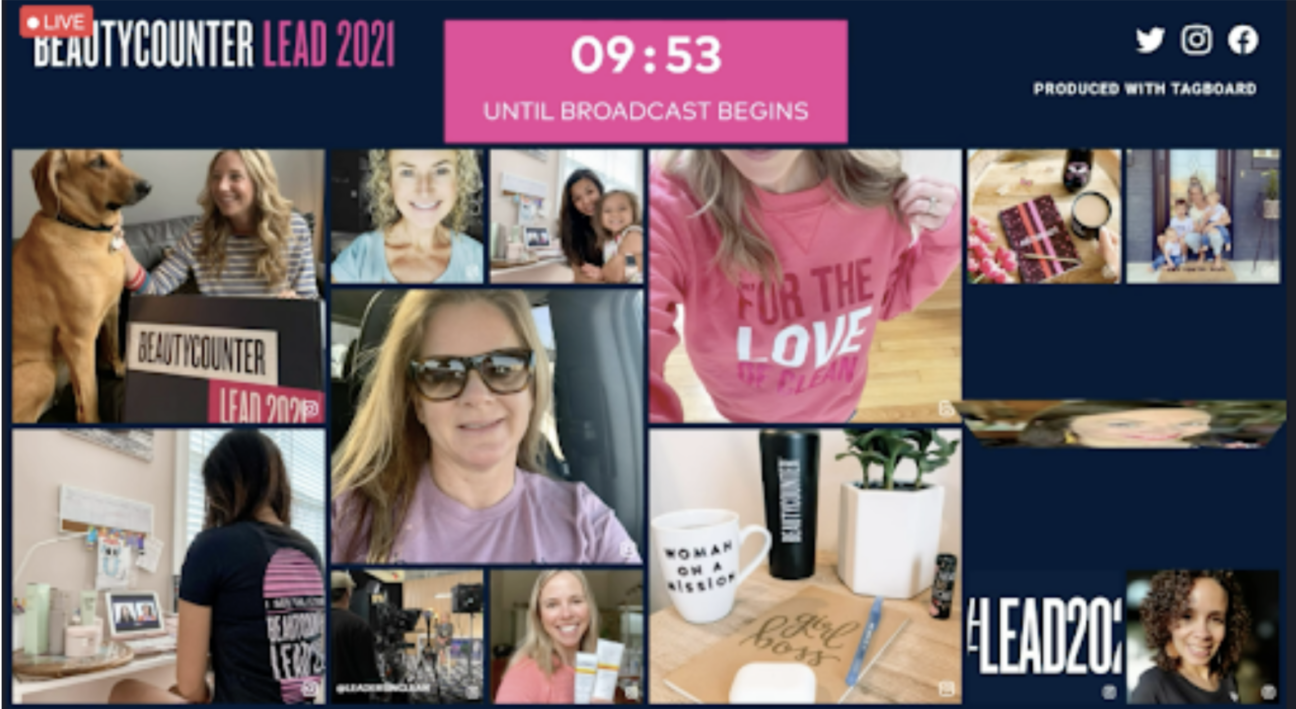

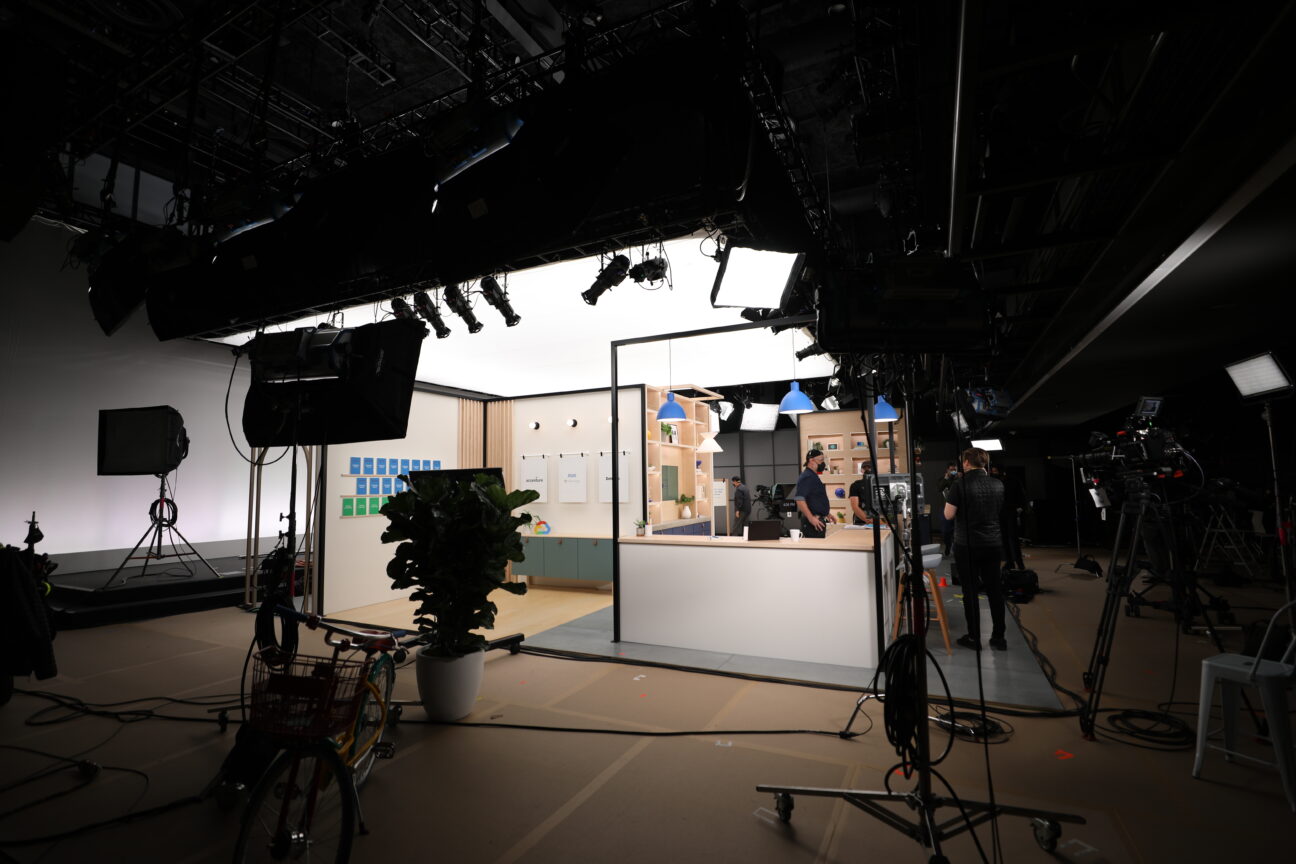
- Fostering a Culture That Can Facilitate Hybridity
A siloed organizational culture will always produce events that feel disjointed to attendees.
That’s why events teams must embed themselves deep within their organizations. They should connect and orchestrate every department—from sales to marketing—around the attendee experience.
If your event feels disconnected from what you want attendees to think, feel, or do, try using the roadmap below to get you back on track:
- Bring cross-functional teams together around a shared map of your attendee journey.
- Consider your brand’s ‘why’ as a group. How do events relate in the current context?
- Individually plot event projects against the customer journey. What moments and intersections during the attendee journey matter most?
- Review and discuss collectively. Look for overlapping areas of concentrated opportunity (e.g. where desired outcomes of various stakeholders overlap).
- Align on revamped event purposes and goals. Update objectives and KPIs to match.
As companies adapt to new processes and best practices, it’s important to remember that this moment of disruption is a time for creativity. Use this opportunity to rethink how you approach hybrid events. Challenge yourself to create the same immersive experience across both physical and virtual settings.
If your physical events have been lacking in the past, take advantage of the flexibility of digital events to raise your event portfolio’s production value overall. Flipping your mindset will give you the energy and optimism to continue experimenting, and build an events strategy that’s truly future-proof.
